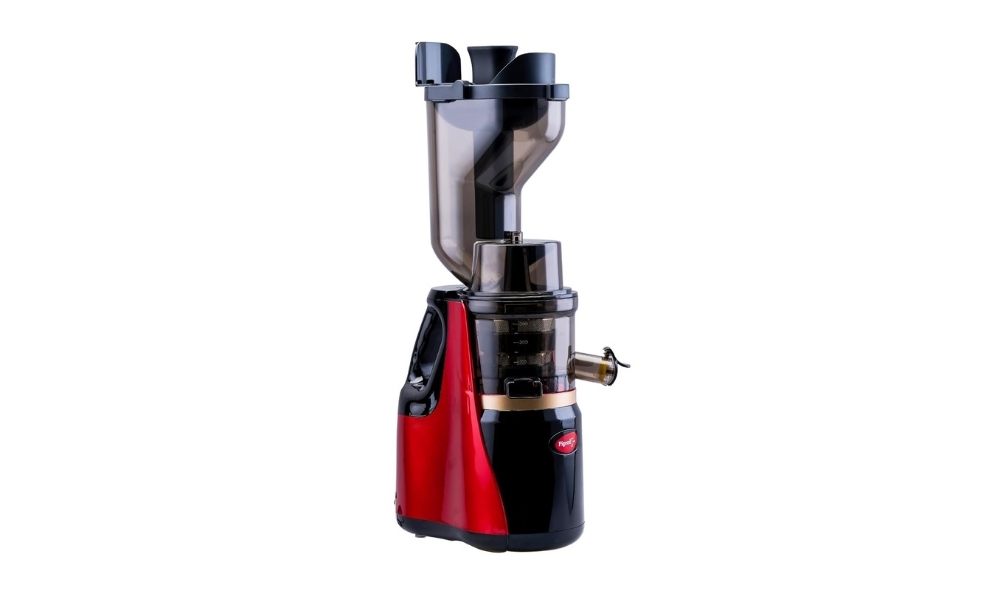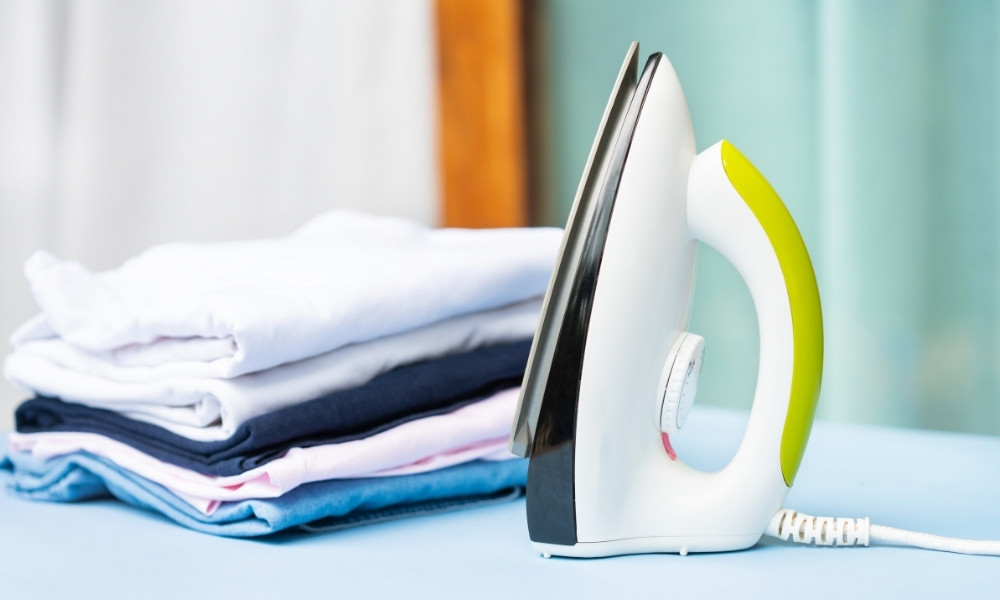Top 10 Things To Consider Before Buying a New Smartphone Leave a comment
There are a variety of smartphones accessible nowadays! Smartphones are no longer merely for making phone calls or getting text messages; they can now handle almost every facet of your daily life. As a result, determining which smartphone is best for you might be challenging.
Let’s take a look at the top ten things to think about before purchasing your next smartphone.
- High-quality product
The durability of a smartphone is determined by its build. The whole smartphone market is split into two types of construction: metal and plastic. Some even have glass-coated panels, although they are few and few between. If you’re prone to dropping your phone, a metal or plastic-built handset is the way to choose.
Glass-based handsets will break if dropped from a distance of 2-3 feet.
2. Display
The size and resolution of your smartphone’s display are determined by how you use it. A smartphone display with a full-HD or QHD resolution of 5.5-inch to 6-inch should enough if you routinely stream videos, edit photographs or videos, or download and view movies.
Anything larger than a 6-inch monitor is not only bulky, but also difficult to transport. Anything with a 5-inch to 5.5-inch HD or full-HD display will suffice if you’re a frequent smartphone user who generally uses it to check emails, chat, and surf social networking applications.
3. Processor
The processing power of a smartphone is affected by a number of factors, including the operating system version, the user interface, bloatware, and so on.
If you’re a power user who needs to edit photos/videos/documents online, play demanding games, stream movies, or often use apps in split screen mode, Qualcomm Snapdragon 652 or Snapdragon 820/821 devices should make multitasking a breeze.
4. Camera
Simply because a smartphone camera has a higher megapixel count does not mean it is better. Camera aperture, ISO settings, pixel size, focusing, and other factors all have a role. A 16-megapixel rear camera isn’t necessarily better than a 12-megapixel camera. The same principle applies to the front-facing camera.
When viewing a picture on a tiny screen, the image becomes bigger and sharper as the number of pixels in the image increases. A photography enthusiast might choose a camera with a 12 or 16MP sensor and an aperture of f/2.0 or lower for quick photos even in low light. For a casual shooter, an 8MP or 12MP camera with an f/2.0-f/2.2 aperture will do.
5. Battery
The amount of battery utilised by each user varies depending on how the smartphone is used. Choose a smartphone with a battery capacity of at least 5000mAh or more if you are a heavy user who works on apps, plays games, streams videos, and more. If you are an average or light user, a mobile phone with a 5000mAh battery will last you a day or two.
6. Version of the operating system and user interface
The user interface and operating system version are other key factors to consider when purchasing a smartphone. Users will have to interact with these interfaces every time they want to access anything, therefore they should be simple and straightforward to use.
ZenUI, Xperia UI, Samsung TouchWiz, EMUI, and other interfaces give more helpful features for organising apps and more options in styles that the maker feels users will prefer.
7. Storage
The smartphone’s operating system and pre-installed apps take up a large percentage of the device’s storage.
A storage device with a capacity of 16GB, 32GB, 64GB, or more may not necessarily come with the exact amount of space advertised. 32GB storage is an option if you wish to keep fewer programmes on your devices.
The 64GB and 128GB variants are recommended for those who want to store a larger number of programmes. There’s also a 16GB version with microSD card support.
8. Extra security/features
Most smartphones now have extra security features like fingerprint scanners or even iris scanners. These are used not just to lock and unlock a phone, but also to get access to certain files, documents, or apps.
Iris scanners are relatively uncommon, despite the fact that even a Rs 5,000 smartphone may include one. Because most of us keep important information on our phones these days, it’s wise to invest in a smartphone that includes these extra security features.
9. Audio/speakers
Speakers and the quality of audio coming out of them may be a significant component for people who rely on heavy video streaming or video conferencing. Look for a phone with front-facing speakers if you prefer on-the-go entertainment. The audio is clear even when the smartphone is handled in landscape mode.
If you don’t conduct any video streaming or video conferencing, a simple phone with bottom-firing speakers would do. Those with back-speakers are also appropriate.
10. USB port/headphone jack
Ports may also be an important factor to consider. Despite the fact that most smartphones now include both micro-USB and USB Type-C ports, it is recommended that you switch to USB Type-C not only because it is easier to use but also because it is future-proof.
The new standard is now being supported by an increasing number of devices. Only a few other manufacturers have begun to phase out the 3.5mm headphone port, and it might be another two years before all OEMs have fully migrated to USB Type-C-based headphones connectors.
Kannankandy Estore is a Kerala-based home appliance retailer with locations around the state. They are one of Kozhikode’s leading mobile phone dealers. You may select from a large range of phones on their websites and at their Kerala stores.






